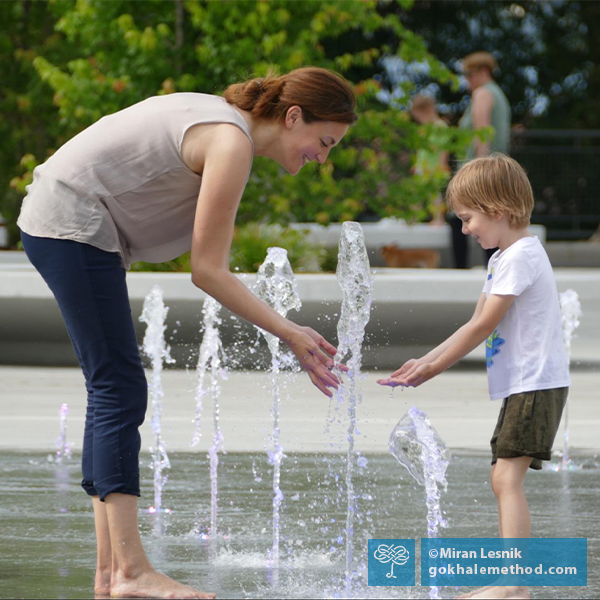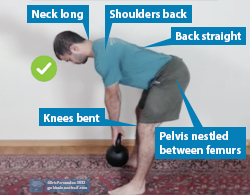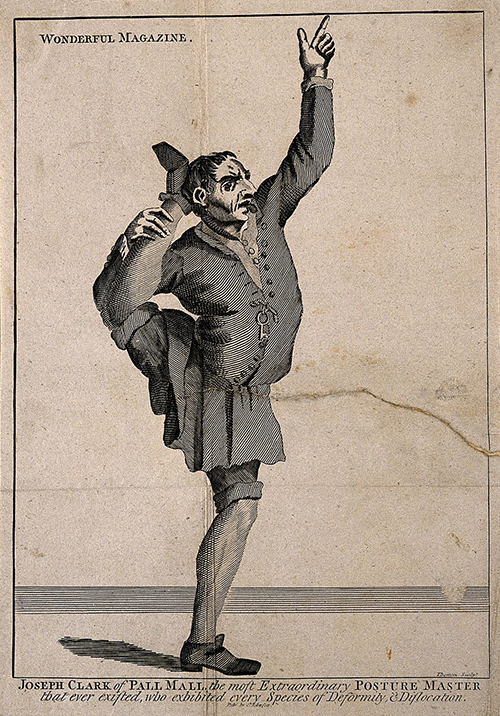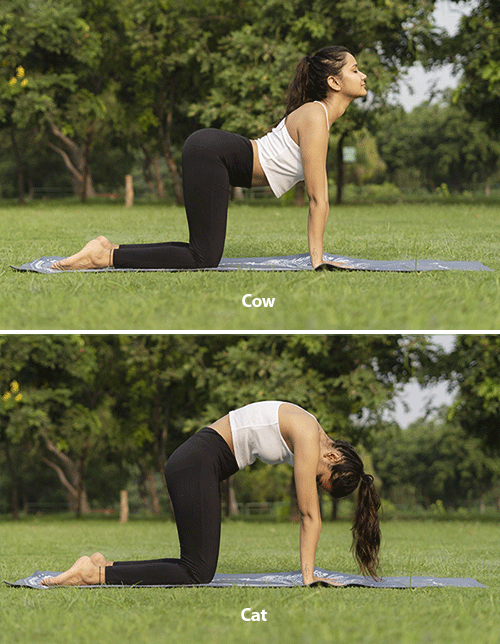The #1 Reason Parents Get Back Pain
The New Year 3 x 3 Fitness Challenge: Strength without Strain
Hypermobility
Flexibility in the body is generally regarded as a plus, and most people want more of it. Flexibility is seen to enable a wide range of motion, avoid muscle pulls, and spare wear and tear in overly tight joints. But like most things in life, you can have too much of a good thing. In this blog post we are going to look at why excessive mobility has a downside and how healthy posture can mitigate that.
An exceptional range of motion makes for a very “bendy” looking body. Enter the age-old art of the contortionist, a mainstay of acrobatic troupes, circuses, and fairs, which for centuries have enthralled and appalled audiences in equal measure.
“The most Extraordinary Posture Master.” Wikimedia
En
Home Exercises Part 3: Cat-Cow
How not to Hunch like your Parent and Grandparent
Is Your Stretching Regimen Helping or Harming You?
Stretching is a common prescription to help with back pain. At https://www.healthoutcome.org, the world’s first crowdsourcing platform to rate medical interventions, stretching is the 6th most commonly used intervention, after physical therapy, NSAIDs, heat, rest, and cortisone injections. On a scale from 0-5, stretching (rated 2.6) is the 5th most highly rated intervention after Postural Modification (3.8), Yoga (3.1), Supplements (2.9), Weight Loss (2.8), and Meditation (2.7).
Back pain caused by tight muscles is common
The Gokhale Method considers stretching to be one of many essential pieces in solving most people’s back problems. Even though stretching alone cannot give an equivalent





